To our surprise, Japan's snapshot culture is a rarity in the West.
In other countries, taking pictures of everyday life became commonplace at the same time that social media became widespread, but in Japan, people have thought of “photography = snapshots” since the days before social media. Of course, news reporting and commercial photography have existed since prewar times, but for a long time snapshots were the main form of photography in Japan, with photographers such as Ihei Kimura and Daido Moriyama being the most prominent.
On the other hand, while there is “street photography” in Western photographic expression, there is no “snapshot” genre. Tomo Kosuga, a critic and curator based in the Netherlands, said on his YouTube page that "snapshots are less than expression. This is because snapshots have no purpose of expression.
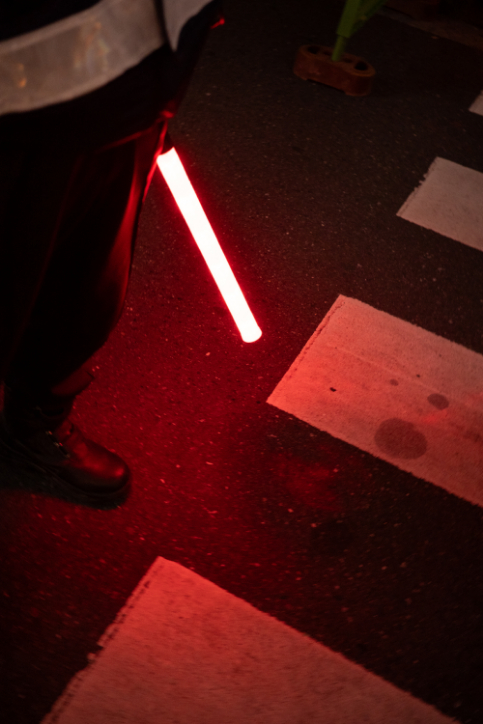
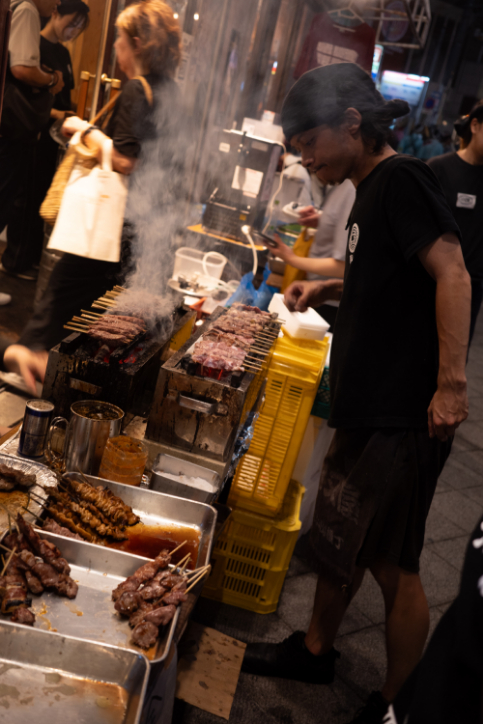
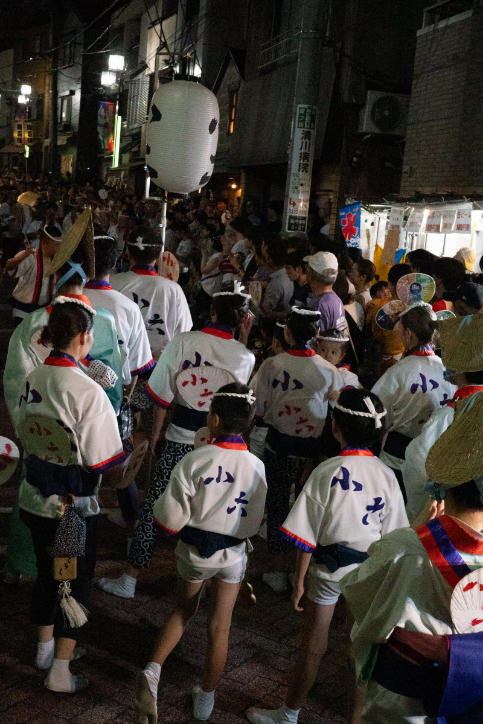
Photography education in Europe and the U.S. teaches students to take pictures with the purpose or intention of expression first. Well, the current photography education in Japan should be no different in that the purpose is the most important element.
They always ask, “What do you want to photograph?” That used to be a curse word for me, because I never know the answer to that question. I don't know, but I end up pointing my camera in certain directions for some reason. Maybe it is an imitation of photographers who have influenced me in the past, or maybe it is a recognition of memories. But when I take a picture, none of these things come to mind. I just point the camera there.
The act of “photographing” is similar to measuring the distance to the “object” or subject of the photograph. It is easier to understand when the object is a person. The “space” means “the relationship between you and me.” Whether it is 2 meters, 1.8 meters, or 1.2 meters, a difference of 10 centimeters can cause the body to react in a very different way. Objects and scenery are no different. It all depends on how much distance you keep and what angle you look at it. That is what it is all about.
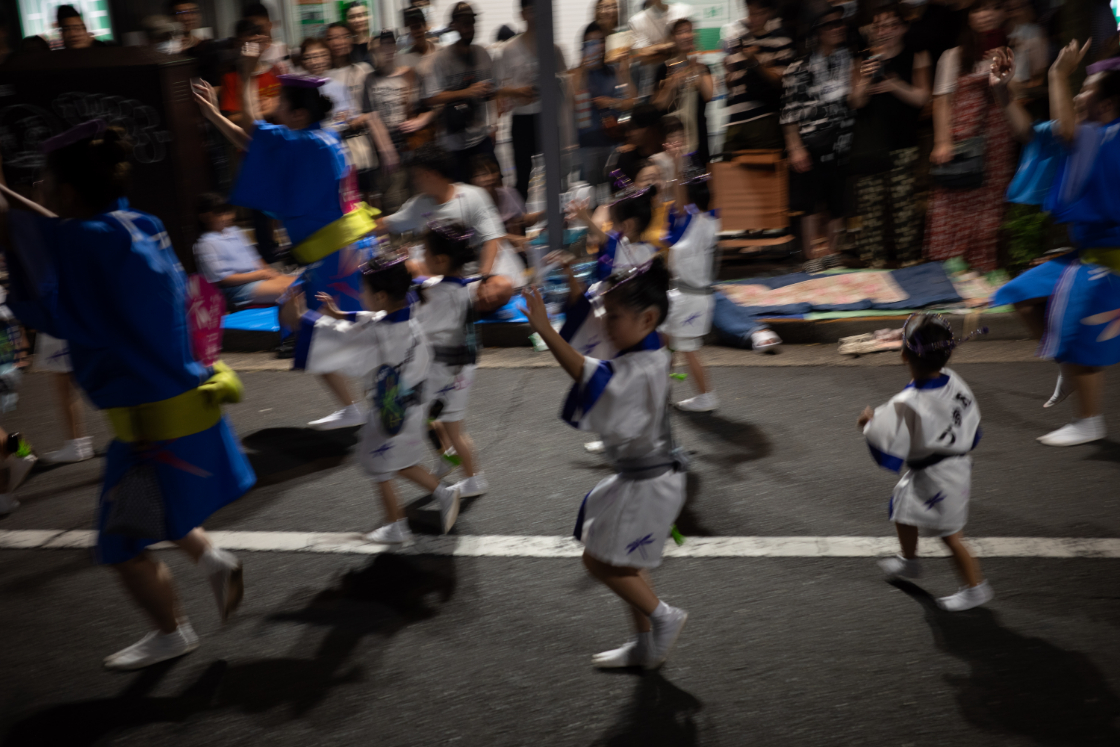
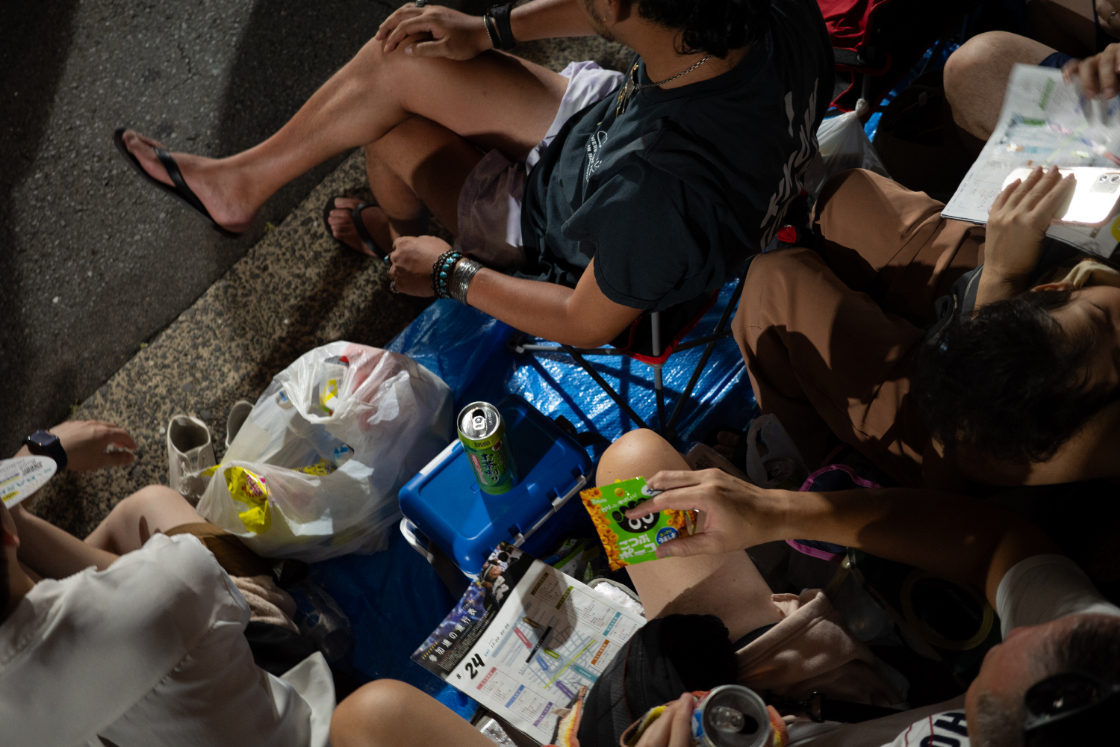
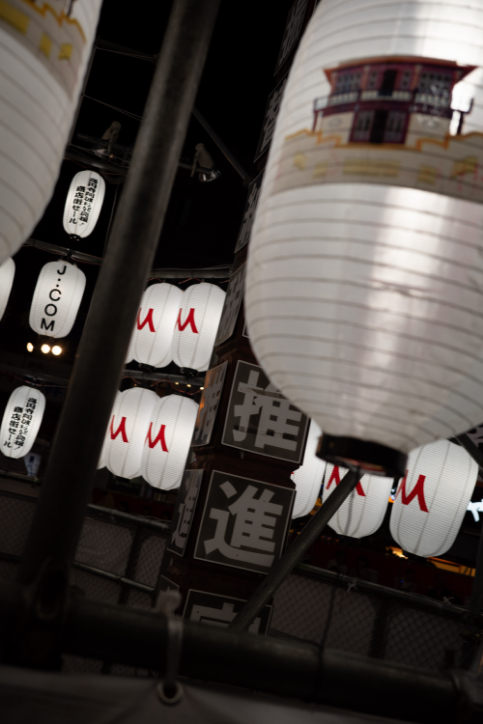
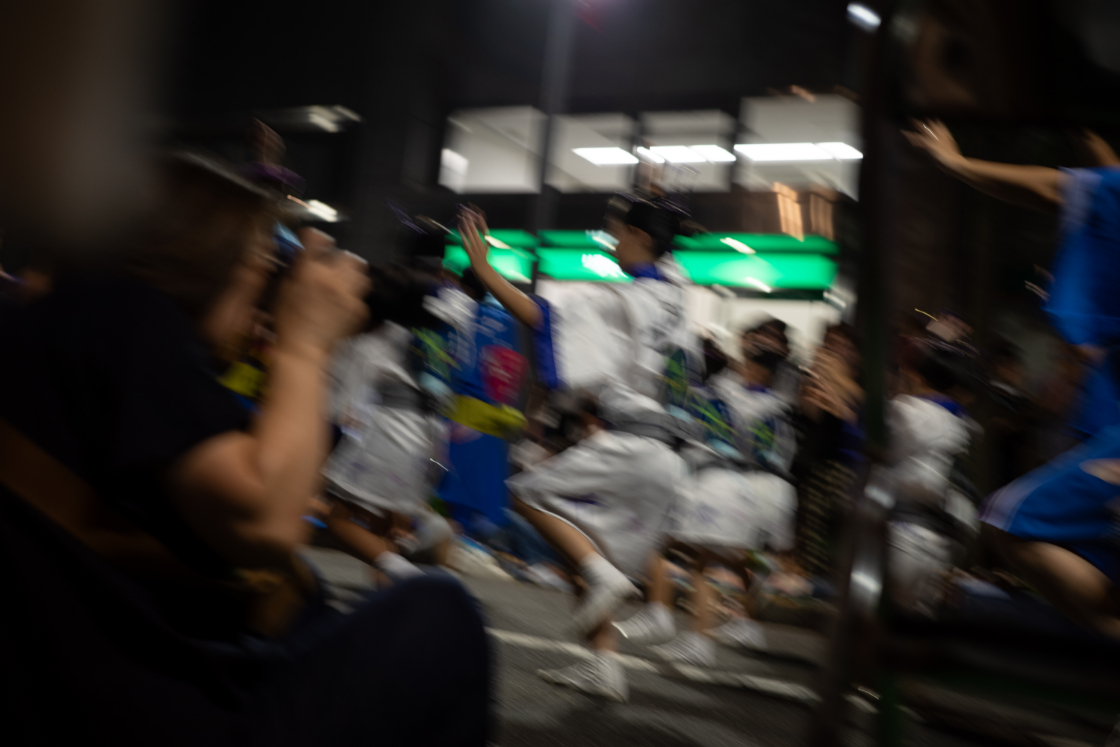
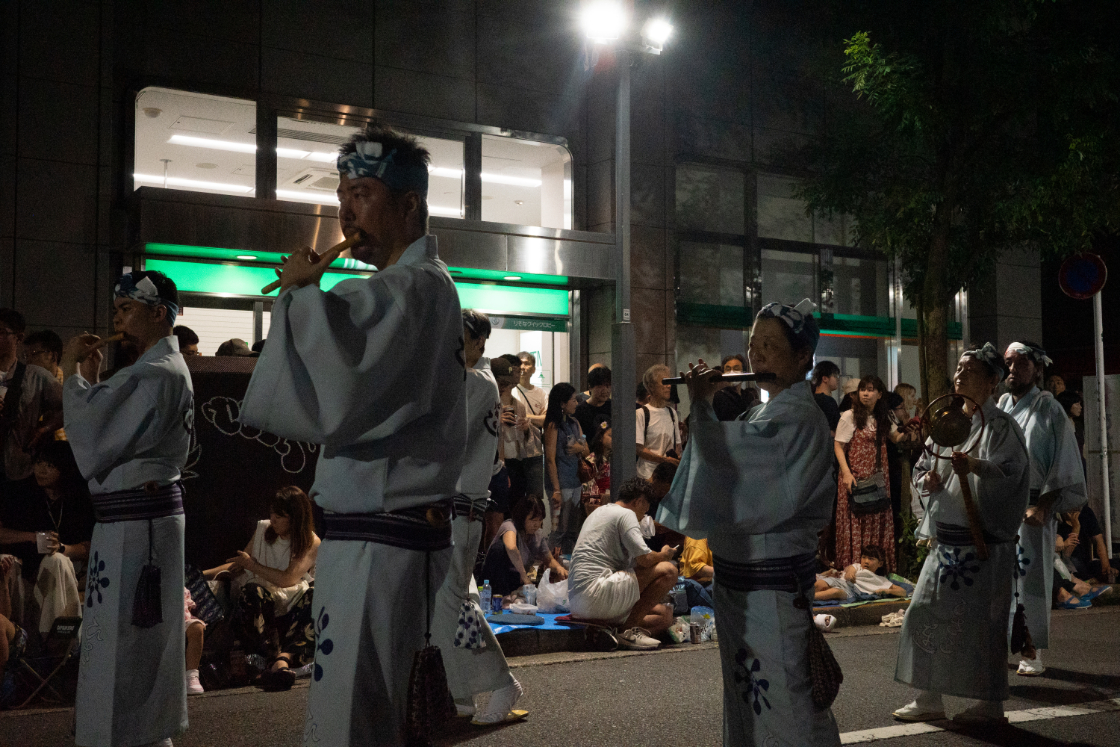
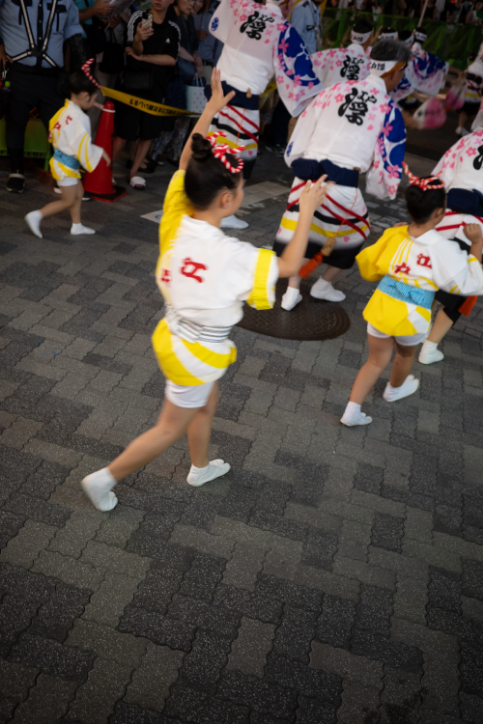
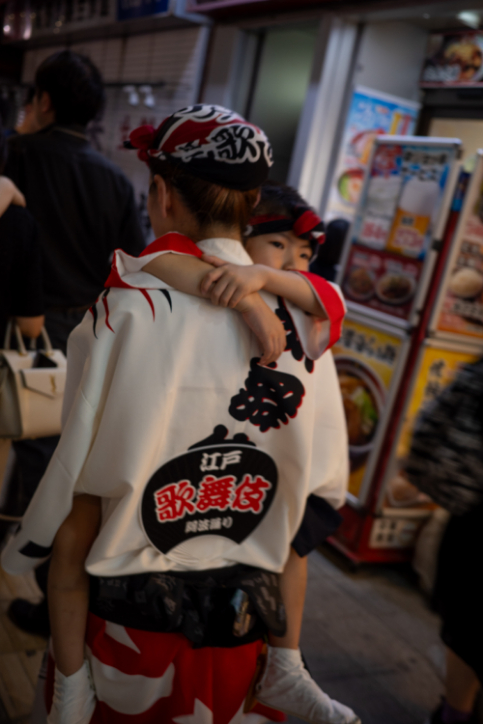
When I was young, I was told to “look first” so many times. I did not understand what they meant, because for me at that time, it was all about making an image in the viewfinder. But what they were saying was that seeing is about space. This leads me to “Just Point the Lens,” which I wrote about in this series.
Photography and martial arts are very similar. Both value space, which is not actively determined by one's own actions, but by one's relationship to others. And this changes with age. I realized this through my constant taking of snapshots. Photography is a martial art.
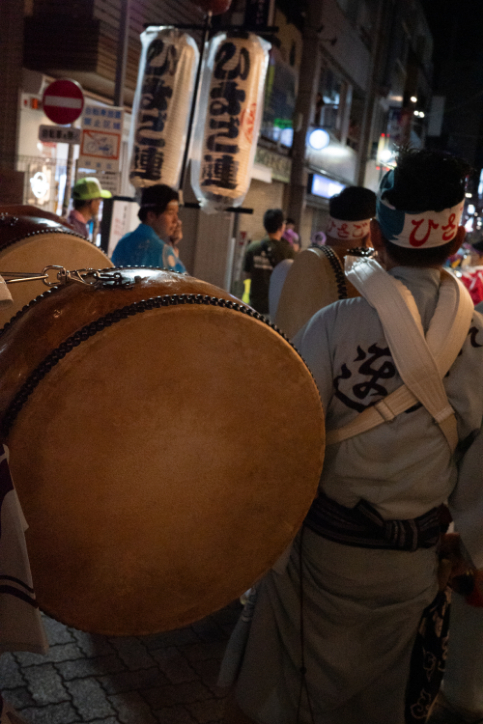
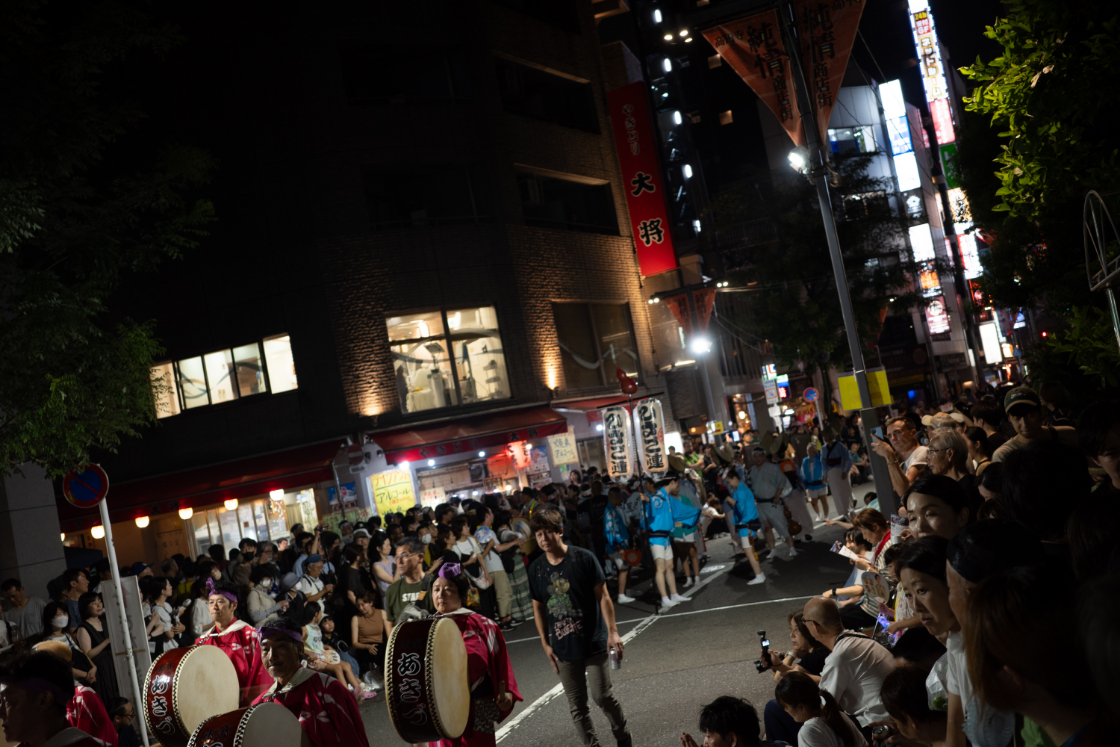
Satoru Watanabe
Born in 1961 in Yonezawa City, Yamagata Prefecture. After graduating from Nihon University College of Art, Department of Photography, Watanabe joined Nikkan Sports Newspaper, where he gained experience in sports and news photography. After leaving the company, he founded Studio Monochrome. He has been working as a freelance photographer, mainly in the field of portraiture, and has been holding workshops since 2003. Recently he is known as the creator of Youtube "2B Channel". Winner of the 33rd "The Society of Photography Award" Special Prize. He is currently an adjunct professor at Keio University Graduate School. His recent books include "Toru chikara miru chikara (Power of Shooting and Power of Looking)" (Hobby Japan).
Satoru Watanabe@watanabesatoru2b














